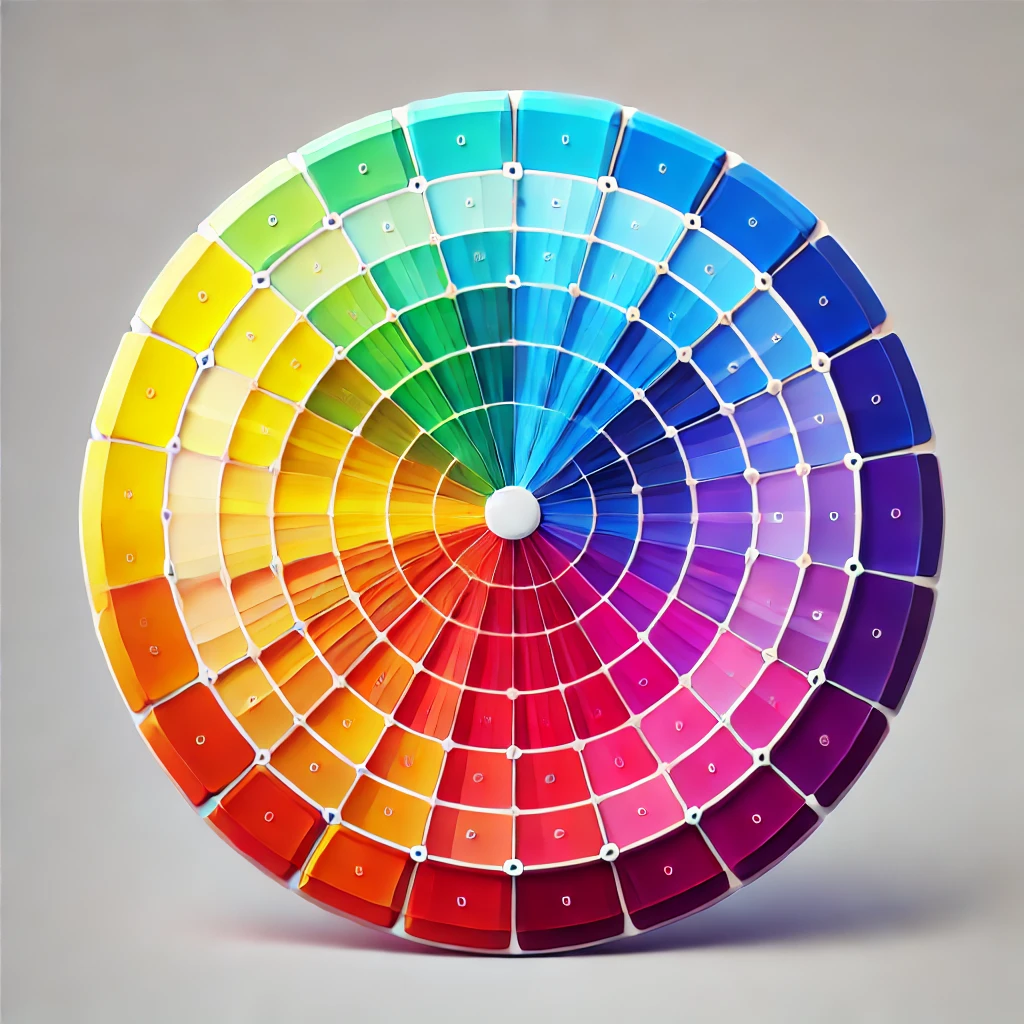Color theory
August 8, 2024 · 5 mins ·

Color is an incredibly powerful tool in UX design.
When used effectively, it can convey emotions, guide user attention, and reinforce brand identity. However, color theory is not just about selecting pretty colors – it’s about understanding how color impacts human psychology and behavior.
For example, did you know that the color blue is often associated with trust and security, while red is associated with excitement and urgency? These associations can be leveraged in UX design to create the desired emotional response in users.
In addition to emotional associations, color contrast is also an important consideration in UX design. High contrast between text and background can greatly improve legibility, making the design more accessible for users with visual impairments.
However, it’s important to remember that color can have different meanings and associations in different cultures. For example, white is often associated with purity and innocence in Western cultures, but in some Eastern cultures, it is associated with mourning and death.
Overall, color theory in UX design is about using color strategically to create an optimal user experience. By understanding the psychology behind color, designers can create designs that are both aesthetically pleasing and effective in achieving business goals.